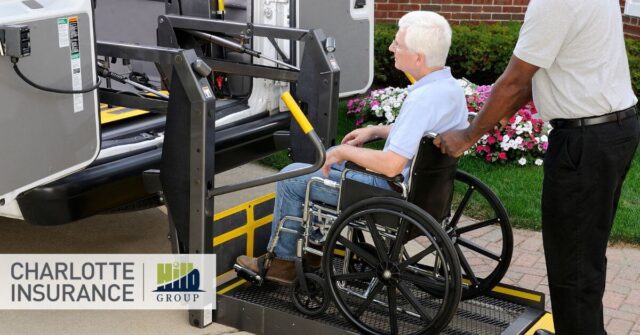Non-emergency medical transport services play a key role in the healthcare industry. They transport patients to and from doctor’s appointments, to outpatient surgical centers for procedures, and to hospitals for testing. None of these patients require emergency services; they just need a ride to get to their health-related appointments and procedures. Since many non-emergency medical transport companies aren’t affiliated with major hospital networks and are independently owned, it’s on the company to have the right insurance policies in place.
So, what policies are necessary? And how much coverage is needed? Keep reading to learn more.
Insurance for Non-Emergency Medical Transport
Since a non-emergency medical transport vehicle is considered to be a specialty van or SUV, they aren’t eligible for standard business car insurance or personal vehicle insurance. Instead, you need to get industry-specific policies in order to have the right coverage. There are four components of these policies to keep in mind, including:
Vehicle Insurance: This is a standard vehicle policy that’s been adapted to suit the unique needs of the non-emergency medical transport companies. It protects the business’ vehicles should they end up in a collision, whether it was caused by the other driver or the person behind the wheel of the non-emergency transport vehicle.
Comprehensive Insurance: Another vital component of these insurance policies, comprehensive coverage is exactly what it sounds like. This policy covers the vehicle even when it isn’t being driven. For example, if a high wind blows tree branches into the company parking lot, damaging vehicles in the process, your vehicular assets would be protected.
Collision Coverage: The other part of the policy, collision, kicks in when the vehicle is in an accident. Collision coverage may pay to repair the damage to the non-emergency transport vehicle if the other driver is found to be at fault, or repair the damage on both vehicles should the transport driver be found to have caused the accident. Either way, the company won’t have to pay for all of the repairs out of pocket.
Uninsured or Underinsured Motorist: Sometimes an accident is caused by a driver who either doesn’t have car insurance or doesn’t have enough insurance coverage to pay for all of the repairs to the non-emergency transport vehicle. When this happens, the uninsured or underinsured motorist portion of the policy will pay for repairs and other costs associated with the incident.
Personal Injury Protection: Finally, there’s personal injury protection. Since non-emergency transport vehicles take patients from their homes to their healthcare appointments, it’s important to keep them safe or at least pay for their health coverage should the vehicle end up in an accident. Personal injury protection will kick in when patients are injured in a crash, covering their medical bills and other expenses. It’s good for the company to carry this type of insurance because their patients are their livelihood.
Have Questions? Contact Charlotte Insurance
Want to learn more about comprehensive insurance for non-medical emergency transport companies? Contact Charlotte Insurance. Our agents can explore and explain all available options and put together the insurance coverage plan your business needs.

